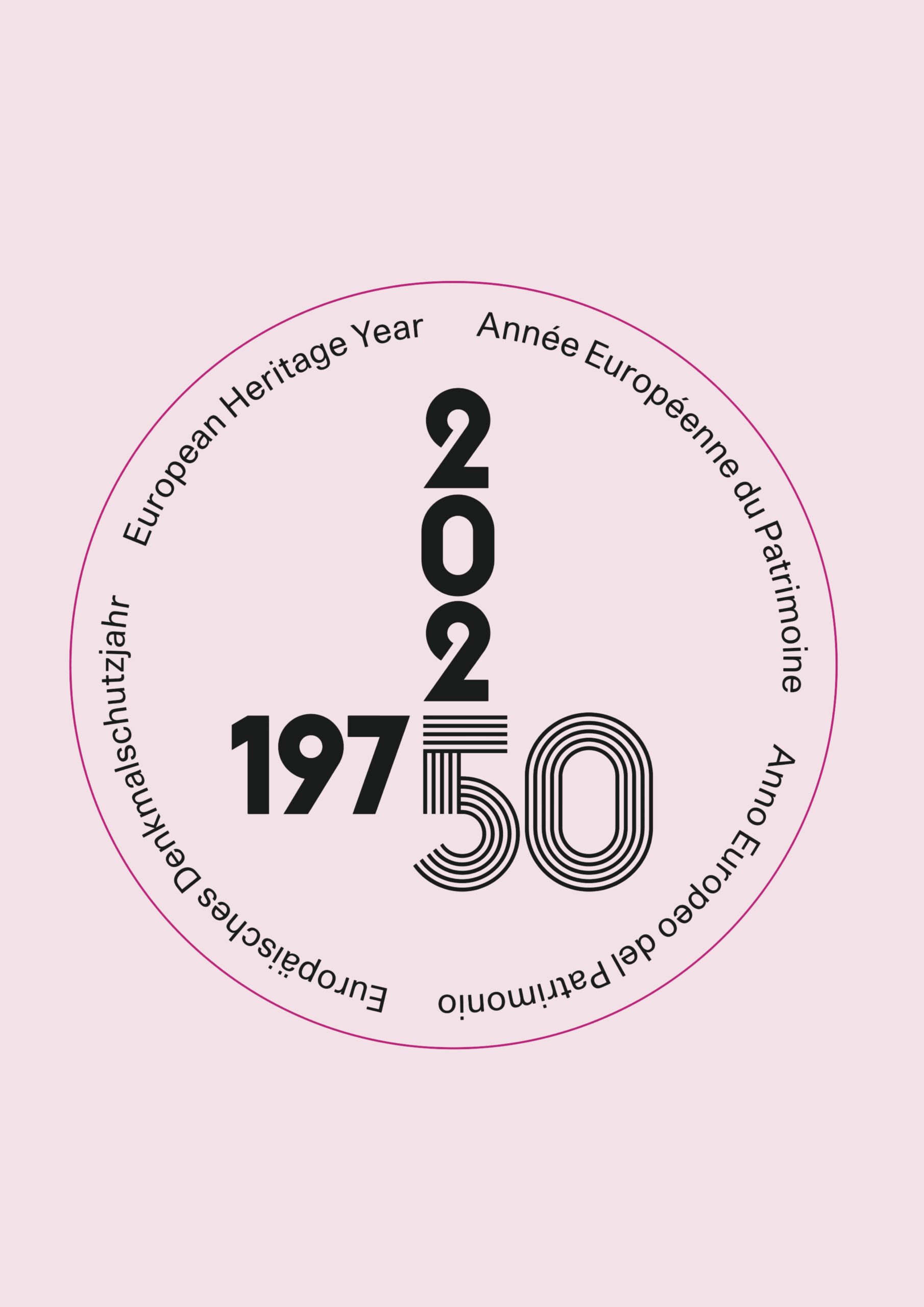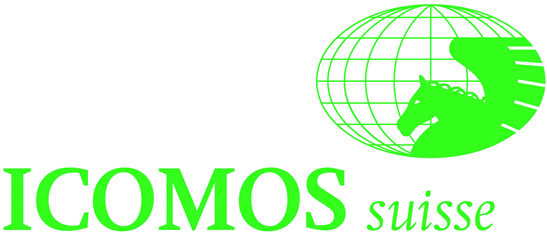
Projects within A Future for whose Past?
Minor(s’) Heritage, Maria Kouvari
Shadow Territory and Secondary Infrastructures, Rune Frandsen (completed)
The Heritage of Minorities, Fringe Groups and People without a Lobby
Research and Mediation Project 2025 for the 50th Anniversary of the European Architectural Heritage Year
The motto of the European Architectural Heritage Year 1975 was “A Future for our Past”. 50 years later, in view of the consequences of globalisation, diversity, climate change, migration and displacement, we are faced with the question of who is meant by “us” at all. The research and exhibition project asks whose heritage we are talking about, who determines what is important for society’s memory, and what characterises this society? Do the objects protected by laws on monuments, nature and heritage conservation in the German-speaking countries and thus preserved for the future really represent history? Or have we not been talking about histories for a long time? What heritage is significant for outsiders and marginalised groups without a lobby, and what measures should be taken to ensure that the heritage of the future really reflects the social developments of the past? What does inclusion in heritage mean?
The exhibition and preparatory research are intended to honour the results and achievements of the European Architectural Heritage Year 1975, to reflect on the current situation and to provide impulses for the future development of preservation. For this purpose, the working group “Denkmalschutzjahr 2025” was founded at ICOMOS Suisse to coordinate the activities of the year 2025 as well as to research current issues of preservation and its social mission and to communicate the results. The working group is supported by a scientific and civil society advisory board. The members build up a Swiss-wide network of museums, architectural centers and foundations, flanked by institutions in Austria and Germany.
Cooperation partners are ICOMOS Germany, ICOMOS Austria and the S AM Swiss Museum of Architecture. The project is funded by the Federal Office of Culture (BAK).

